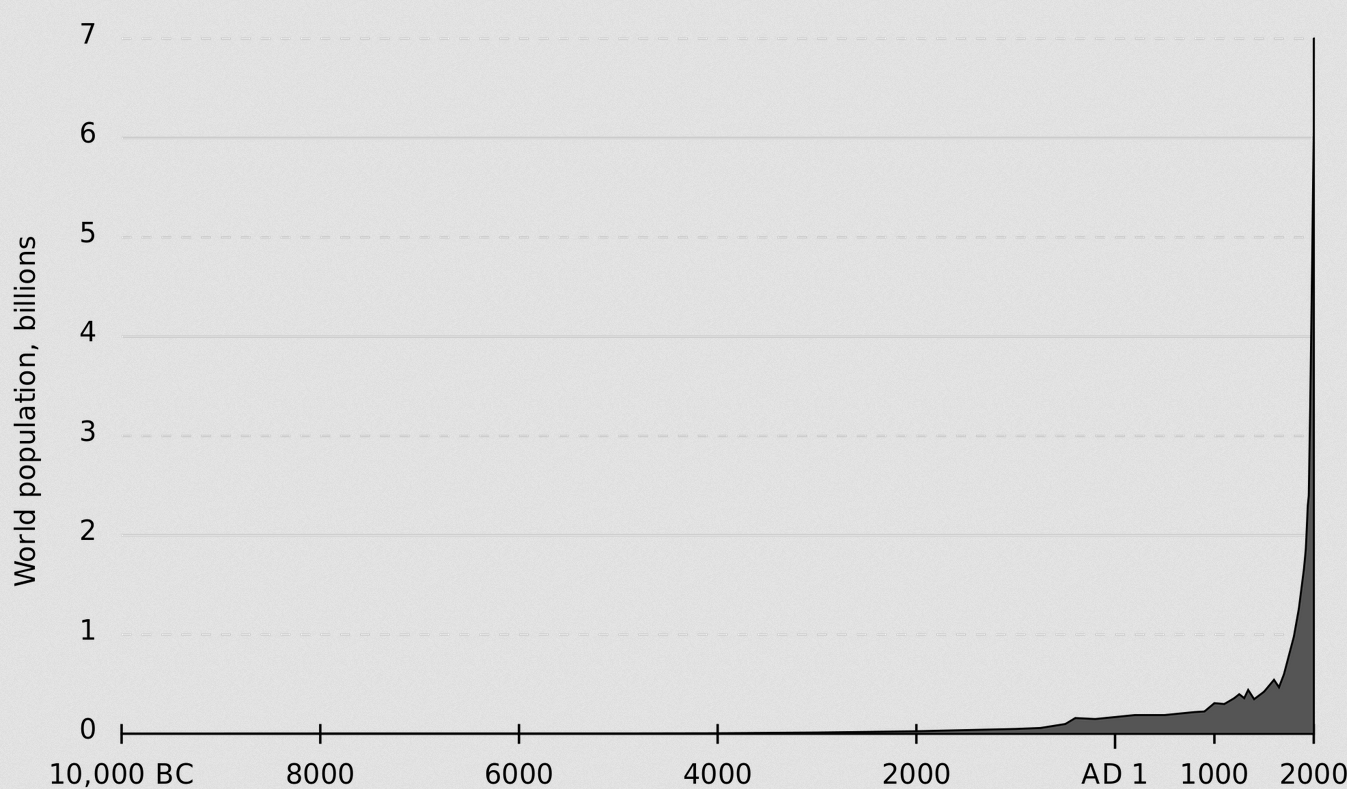Preface. This book ranges across many topics and I’ve only included a few bits and pieces. Friedrichs discusses what to do, recovery, denial, migration, historically how Japan, North Korea, and Cuba reacted to sudden energy decline and based on their politics and economics, how other nations may react.
Jorg Friedrichs. 2013. The Future Is Not What It Used to Be. Climate Change and Energy Scarcity. The MIT Press.
Established energy experts have for a long time retained the veneer of disinterested technocratic competence, with the peak oil community constituting a vocal counterculture.
Mainstream climate scientists, by contrast, have openly embraced a transformational political role and sounded the alarm regarding global warming, with climate skeptics deploring the politicization of science as illegitimate. In energy science the alarmists remain the “cranks,” whereas in climate science they have occupied the mainstream position.
Today, our backbone energy resource is oil. A century ago, it was coal. Even further back, it used to be labor.
I hypothesize a decline of global oil production by 2–5% per year for a couple of decades, after a few years on a bumpy plateau. In line with most of the peak oil literature, I further hypothesize that no adequate alternate resource and technology will be available to replace oil as the energy backbone of industrial society.
An event comparable to peak oil has never happened at the global level.
The fundamental question is why is so little being done about climate change and energy scarcity?
Tackling such problems is hindered because people tend to greatly undervalue future events and distant strangers. The more remote somebody or something is from us, the less we care. John Maynard Keynes famously cautioned that the long run is “a misleading guide to current affairs. In the long run we are all dead”.
…click on the above link to read the rest of the article…








